1P-LSD Powder Knows Lysergic Acid Diethylamide (LSD) Is The Official Name
Street Name
LSD, acid, blotter, microdot, window pane
What is Lysergic Acid Diethylamide (1p-lsd)
Strong hallucinogens, such as lysergic acid diethylamide (LSD), can significantly distort a person’s perceptions and change how they see reality. The original source of 1p lsd for sale was a fungus called “ergot,” which grows on cereals like rye. 1p lsd
The first person to identify LSD’s hallucinogenic effects was Dr. Albert Hofmann, a Swiss research scientist employed by a pharmaceutical business, in 1943. Early research on the drug‘s possible uses concentrated on the insights it might provide into particular types of mental disease. Intellectuals like Aldous Huxley experimented with the substance in the 1950s because it was thought to be able to generate a condition of “cosmic consciousness.”
Many investigations on LSD were conducted in the 1950s and early 1960s. These research looked into the therapeutic possibilities of “psychedelic” experiences in treating mental illness and chronic alcoholism, as well as in assisting patients who are nearing the end of their lives in coming to terms with death. The CIA became interested in LSD as well and experimented with its potential for psychological warfare. 1p lsd
The 1960s saw a rise in the recreational use of LSD as prominent figures like novelist Ken Kesey and Harvard scientist Timothy Leary championed the drug’s “mind-expanding” effects. 1p lsd
New legislation aiming at limiting the use of LSD were prompted by worries about its potential long-term effects. In 1962, LSD distribution, sale, and possession with intent to sell were all made illegal in Canada. As of right now, LSD has no recognized medicinal purpose and is forbidden by Canada’s Controlled Drugs and Substances Act, Schedule III. 1p lsd
Where does it come from?
The majority of 1p-lsd is made in illicit labs; relatively little is made legally for scientific purposes.
What does it look like?
A white, crystalline powder that dissolves in water is known as pure LSD. It tastes slightly bitter and has no smell. The pure drug’s effective dose is too little to be seen (20 to 80 micrograms). Typically, LSD is packed as gelatin chips (also known as “window pane”), tiny powder pellets (sometimes known as “microdots”), or squares of paper that has been soaked with LSD. Cartoon character drawings can occasionally be found printed on blotters. in urine
Who uses it?
A wide range of people, from those looking for a high to those seeking a spiritual experience, utilize LSD. During the 1960s and 1970s, LSD usage peaked in frequency and was strongly linked to the “hippie” youth culture of the day. The 1980s saw a decline in LSD use, which increased once again in the 1990s before declining to very low levels once more. Between 1999 and 2009, the percentage of Ontario students in grades 7 through 12 who used LSD fell from 6.8% to 1.8%. acid diethylamide 1plsd
How does it make you feel?
Although it is typically taken orally and held on the tongue or swallowed, injections and inhalations of LSD have also been documented.
Your response to LSD is influenced by multiple factors:
how old you are
how susceptible you are to the medication
the quantity and frequency of your intake
How long have you been using it?
The way in which you take the medication
the surroundings in which you find yourself
whether or whether certain mental or physiological issues were present when you first started
If you have had alcohol or used any other type of drug—illegal, prescription, herbal, or over-the-counter. effects of 1plsd
LSD can cause a variety of physical side effects, such as dilated pupils, numbness, a fast heartbeat, decreased coordination, chills, nausea, and tremor. It is possible to experience different sensations of gravity, such as feeling light and floating or heavy and sinking. The LSD experience, commonly called a “trip,” is unpredictable and varies greatly. Even during the same drug-taking session, different people may react to the substance in different ways, ranging from pleasure to dread. If someone takes the drug again after using it previously and having a good experience, they might not have the same outcome. oral and intravenous selfadministrations
People’s “mindset”—their expectations, experiences, and attitude when they take the drug—as well as their environment have an impact on how they feel when they take LSD. If the substance is taken by someone who is already in a good mood, in a calm setting, and with friends who are supportive, the likelihood of an adverse reaction, or “bad trip,” may be decreased.
LSD has strong visual impacts. Halos or rainbows may emerge around objects, colors seem to intensify, and shapes may take on a more fluid appearance. With or without the eyelids closed, rapidly shifting, vividly colored geometric patterns and other pictures can be observed. Because the individuals experiencing these visual distortions are aware that what they are seeing is a result of the drug’s effects, they are referred to as “pseudo-hallucinations.” Although they are less frequent, true hallucinations—in which a person believes that what they are seeing is real—may nevertheless happen and can be quite terrifying.
Your senses, emotions, thoughts, and perceptions of the outside world are all impacted by LSD. A wide range of mental states, including panic, bewilderment, and anxiety, can be brought on by the medication. These include joy, wonder, and heightened sensitivity. Thoughts can appear deep and coherent or they can happen quickly and illogically. Distorted perceptions of time, distance, and one’s body are possible. It may feel as though boundaries between oneself and the outside world disappear. A combination of senses, such as “seeing” music or “hearing” color, is reported by some users.
How long does the feeling last?
After ingesting the drug, LSD causes effects that start to manifest slowly within an hour, peak between two and four hours later, and then gradually taper off over the course of a 12-hour trip. The size of the dose determines how strong the effect is.
After the journey ends, some users experience exhaustion or disappointment for 12 to 24 hours. intravenous selfadministrations of 100
Is it addictive?
It can be addictive, yes. Some chronic LSD users find that they must take it. Their lives become overly consumed with the substance, which causes emotional and lifestyle issues.
When they stop taking LSD, people who frequently use the substance do not experience physical withdrawal symptoms. Regular LSD usage, however, will cause “tolerance” to the drug’s effects. This implies that the effects of repeated LSD use over a few days are no longer present. The medication starts to work again after a few days of not using it.
Is it dangerous?
That’s possible.
Occasionally, drug users feel as though their experience spirals out of control. They can think they’re vanishing into nothingness or losing their sense of self. A panic attack may result from such a response. They might attempt to escape, or they might get scared and paranoid and start attacking individuals nearby. Individuals who are having a hazardous reaction to LSD ought to be comforted as much as feasible. If they don’t get better, they should visit an emergency department at a hospital for care.
There have been no documented deaths solely due to an LSD overdose. LSD, however, impairs judgment, which can result in illogical and occasionally hazardous behavior. People who used the drug felt as though they could walk through traffic or fly, which led to unintentional injuries and fatalities.
LSD may exacerbate anxiety or depression or release underlying psychosis in certain individuals. An unsuccessful LSD trip may result in long-term psychiatric issues. A low dose, or tiny amount, of LSD may not lessen the likelihood of experiencing an adverse reaction. A modest dose may cause a horrible trip for one individual, while a big dose may cause no problems for another. However, the drug’s hallucinatory effects do grow with higher doses.
LSD is created illegally, which accounts for its variations in potency and purity. You never know exactly what you are taking, how much you are taking, or how it will impact you when you take LSD.
LSD significantly affects perception, so operating a car while under the influence of the drug is quite dangerous.
What are the long-term effects of using it?
Both occasional and frequent users of LSD may experience long-term side effects from the substance. “Flashbacks” to the drug experience as well as protracted anxiety, depression, or psychosis are examples of potential side effects. These symptoms might endure for years, but they normally lessen with time and stop a few months after the last time LSD was used.
A flashback is an erratic, spontaneous reenactment of a specific part of an LSD trip that happens after the first effects of the drug wear off. Reliving initial visual or emotional sensations while high on LSD results in reliving the same feelings. Although they sometimes only last a few seconds or minutes, flashbacks can occur repeatedly.
While flashbacks are reported to occur in just a small percentage of LSD users, regular users are thought to be more susceptible. Emotional strain or exhaustion, as well as the use of alcohol or marijuana (see “alcohol” in related links section> and “marijuana” in associated links section>), can all cause flashbacks.
A terrible journey might lead to depression or anxiety. lsd for sale users may experience psychosis, however it’s believed that those with latent, or underlying, mental health issues may be more susceptible to this reaction.
1p lsd buy, buy 1p lsd, buy lsd , where to buy lsd, buy lsd online,

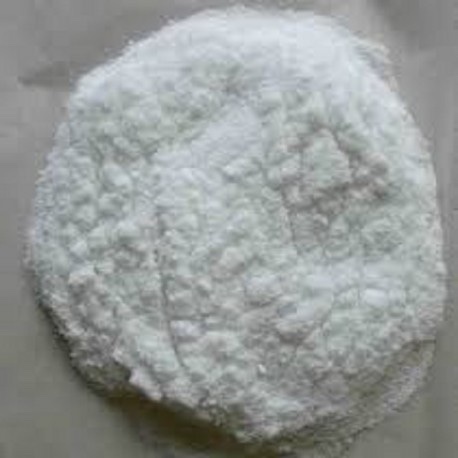
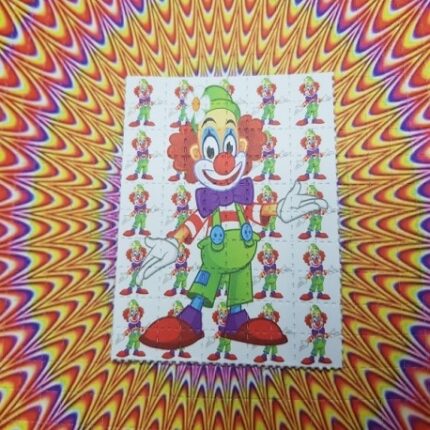

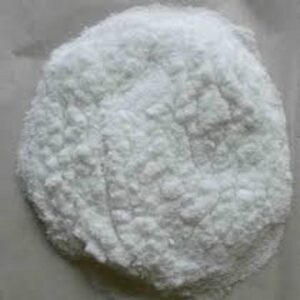

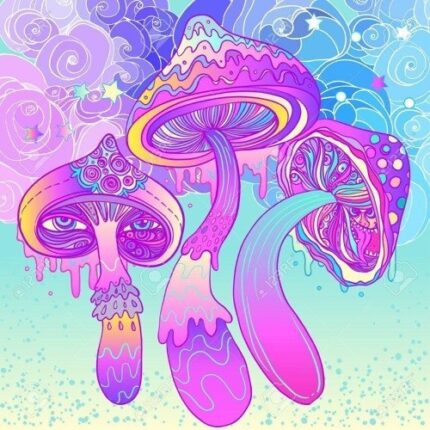
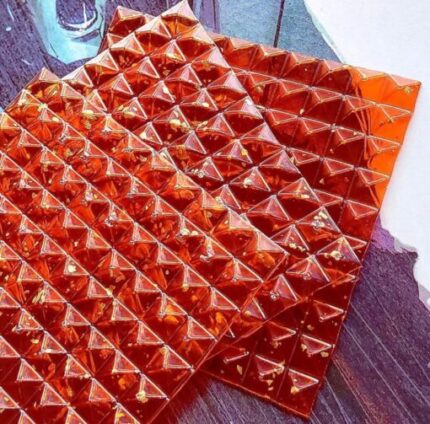
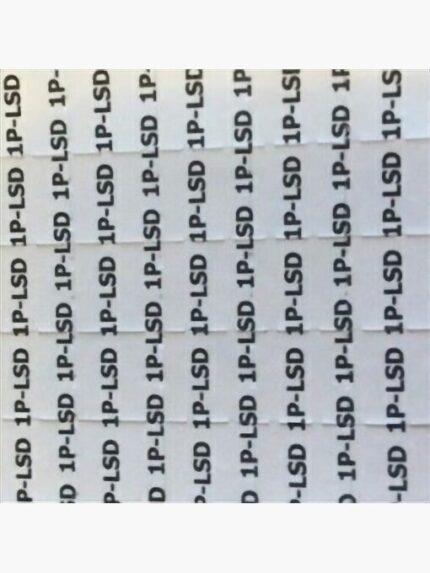
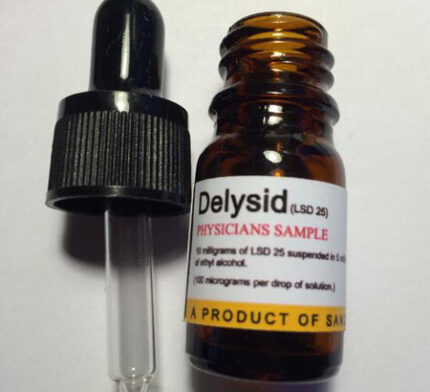
Reviews
There are no reviews yet.